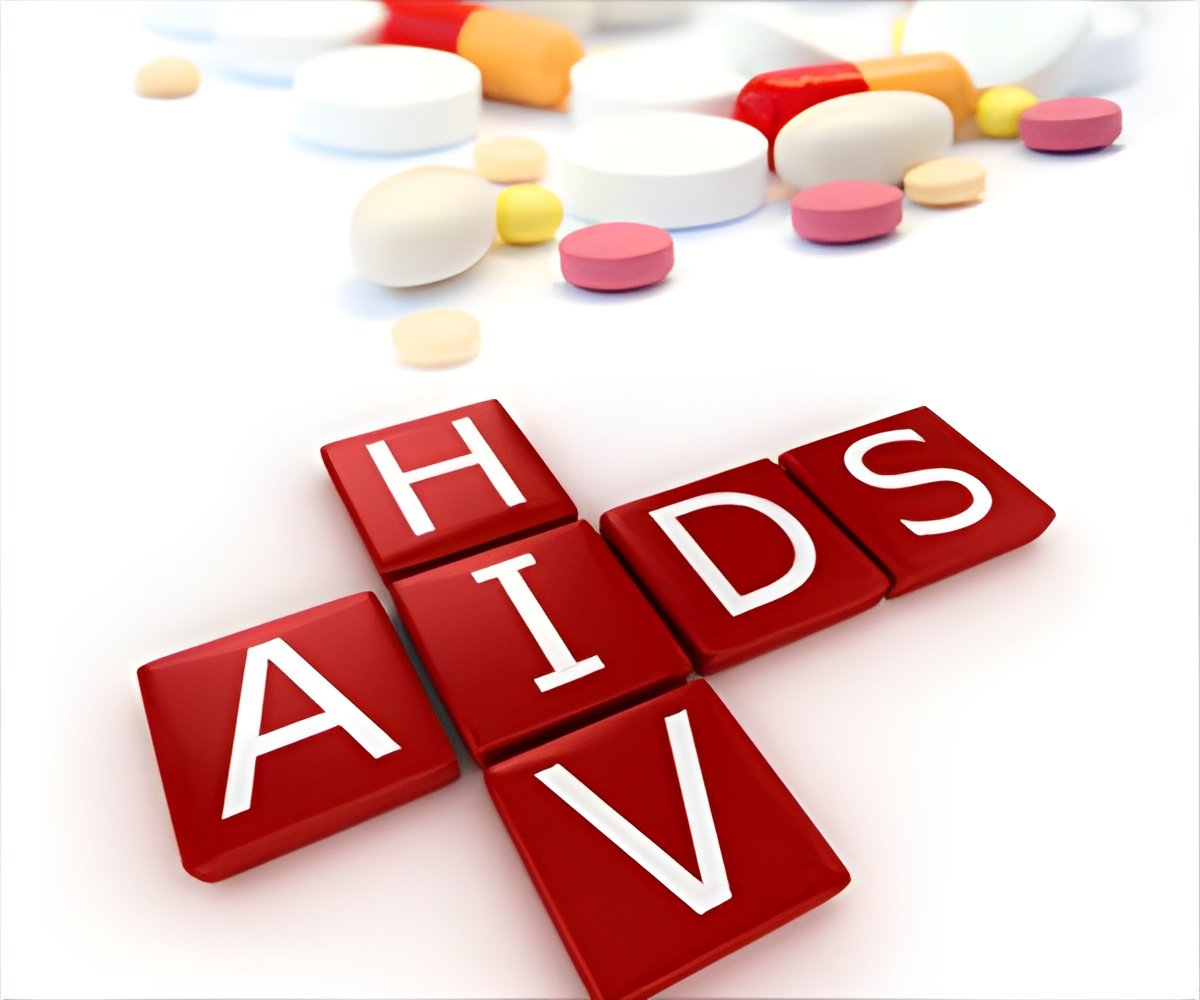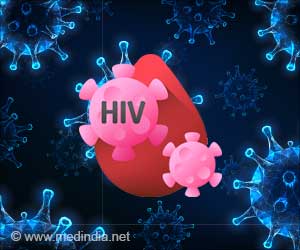
‘Eradicating AIDS by 2030 means that every individual has access to prevention methods to defend oneself from HIV, all HIV patients, receive lifesaving antiretroviral drugs, and remain virally suppressed.’
Tweet it Now
Advertisement
Are We at the Milestone of Blunting of AIDS Epidemic?
“Globally by end of December 2021, new HIV infections reported every year have reduced by 54% since the peak in 1996. In 2021, 1.5 million people got newly infected with HIV, compared to 3.2 million people in 1996. Compared to 2010, annual new infection rate has declined by 32% since then (in 2010, 2.2 million people got newly infected with HIV). Since 2010, new HIV infections among children have declined by 52%, from 320,000 in 2010 to 160,000 in 2021,” said Dr. Ishwar Gilada, President of 14th National Conference of AIDS Society of India (ASICON 2023) and Governing Council member, International AIDS Society (IAS). AIDS-related deaths have also declined by 68% in 2021 compared to the peak in 2004 (and by 52% since 2010). In 2021, around 650,000 people died from AIDS-related illnesses worldwide, compared to 2 million people in 2004 and 1.4 million people in 2010.Advertisement
India Too has Bent the HIV Curve but Challenges Remain
The 14th National Conference of AIDS Society of India (14th ASICON) which is happening in Delhi, India (17-19 March 2023), called upon stronger and effective integrated HIV responses to end AIDS by 2030. ASICON 2023 is being held on the theme of “Energize – Empathize – Equalize”, in academic partnership with India’s National AIDS Control Organization (NACO), National TB Elimination Programme (NTEP), United Nations joint programme on HIV/AIDS (UNAIDS), International AIDS Society (IAS), among others. As 1st ASICON was previously held in 2005, ASICON is being held in national capital Delhi after 18 years.Dr. Anoop Kumar Puri, Deputy Director General of National AIDS Control Organization (NACO), Government of India; Dr. David Bridger, Country Director, UNAIDS India; Dr. Po-Lin Chan, Head of Communication Diseases at the World Health Organization (WHO) for Southeast Asian region; Dr. Ishwar Gilada, President of 14th ASICON and AIDS Society of India (ASI); Dr. N Kumarasamy, Secertary General, ASI; Dr. Dilip Mathai, President-elect, ASI; Dr. Glory Alexander, Vice President, ASI; Dr. Ruby Bansal, Organizing Secretary of 14th ASICON; Dr. Atul Gogia, Co-Chair of 14th ASICON; were among the key dignitaries who addressed the opening ceremony.
“The Blunting of an Epidemic: A courageous war on AIDS” book authored by Jayashree Shetty and Gopal Shetty, was released at ASICON 2023 by NACO DDG Dr. Puri, UNAIDS India head Dr. Bridger, and WHO regional head of infectious diseases Dr. Po-Lin Chan. It chronicles 37 years long fierce and tireless journey of Dr. Ishwar Gilada who had established India’s first HIV clinic in government-run JJ Hospital Mumbai when first case had got diagnosed in the country.
Dr. Gilada said that “we need to recognize and address the inequalities which are holding back progress in ending AIDS, and to equalize access to essential full cascade of HIV care services, particularly for key and vulnerable populations. TB, a disease of poverty and inequality, is a leading cause of severe illness and death among people with HIV. TB is preventable and curable and people with HIV who do not receive appropriate prevention and care are at much higher risk of developing and dying from TB. Many of those who die from HIV-related TB are the most vulnerable populations who are not reached by timely health services, including services to address comorbidities such as undernutrition, mental health disorders and substance use disorders.” According to 2022 WHO Global TB Report, over 54000 people living with HIV in India also developed active TB disease in 2021, out of which 11,000 died. “No one should die of HIV or TB. More importantly we have the scientifically proven tools and approaches to prevent, and treat and manage TB in people living with HIV,” said Dr. Gilada.
Advertisement
ASI Lifetime Achievement Awards 2023
Four distinguished HIV medical experts and scientists were conferred the ASI Lifetime Achievement Awards. Dr. Prakash Bora, Dr. Rajiv Jerajani, Dr. Savita Pahwa, and Dr. AR Pazare.Dr. Glory Alexander, Vice President of ASI and co-Chair of 14th ASICON, has earlier received the coveted Dr. BC Roy Award and heads ASHA Foundation in Bengaluru. She said: “Achieving the 95-95-95 targets is crucial to help end the AIDS epidemic. But even after 40 years into the epidemic, more than 20% of people with HIV still do not know their HIV status. We will have to use innovative approaches to close this gap. And one of these approaches is by self-testing for HIV - people who perceive themselves at risk of HIV infection (persons from key populations, men, young people among others) are given the opportunity to self-test for the infection so that they can test in the privacy of their homes. This has received a very big YES from the key populations in the Asia Pacific region. We call upon the government of India to take it up and develop a strategic framework for HIV Self-Test (HIVST) to make self-testing for HIV an integral part of HIV services.”
“Prevention of mother to child transmission is another important gap. We know that 90% of the children below 15 who are HIV positive got the infection through vertical transmission (from mother to child). If we eliminate this vertical transmission, we will eliminate paediatric HIV in our country. But it is no easy task. Hidden among the 27 million women who get pregnant every year in India, there are about 27500 women who are HIV positive. These women have to be traced, diagnosed and put on treatment to reduce the risk of transmission to the baby born to them to less than 1% from the current 45%” said Dr Glory Alexander.
Since most nations could not meet 2020 AIDS targets, now the eyes are set on 2030 goalpost of 95-95-95 targets (95% of people living with HIV to know their status, 95% of them should be on ART, and 95% of these be virally suppressed). HIV self-test is one of the key cog-in-the-wheel to “reaching out to the last mile” for first-95 target.
Globally, 15% of all people living with HIV did not knew their HIV status in 2021. Among people who knew their status, 12% were NOT accessing treatment. And among people accessing treatment, 8% were NOT virally suppressed. Likewise, in India, as on March 2022, 23% of people living with HIV DID NOT knew their status, 16% of them were NOT on antiretroviral therapy, and 15% of them DID NOT had viral suppression. These are missed opportunities which we cannot afford if we are to end AIDS, said Dr Ishwar Gilada.
Source-CNS















